 These WWII bracelets combine two of my interests. First, they were made by hand by a WWII USMC Paramarine and I really like Paramarine related items. Second, they are made out of pieces of Japanese aircraft aluminum and I enjoy collecting pieces of Japanese WWII aircraft.
These WWII bracelets combine two of my interests. First, they were made by hand by a WWII USMC Paramarine and I really like Paramarine related items. Second, they are made out of pieces of Japanese aircraft aluminum and I enjoy collecting pieces of Japanese WWII aircraft.
The Paramarine who made these was a member of the 2nd Paramarine Battalion. The first bracelet commemorates his service with that unit. When I got it, it was flattened out like shown, to make it easier to display. The second bracelet still retains the original bracelet shape, but the Veteran never added anything to the front of it.
Both bracelets were made out of Japanese aircraft aluminum. They both retain their original green Aotake paint on the reverse side. Aotake paint was used by the Japanese during WWII for corrosion resistance on metal on aircraft. It has a very distinctive metallic/shiny appearance and can range in color. I have seen green, blue, greenish blue/bluish green, and yellowish green colors of Aotake paint on Japanese aircraft parts.
The Marine added an inscription to the back of one of the bracelets. It is a little hard to see in the photos, but it says Japanese 0, shot down in Vella LaVella, 10/1/43. I did a little research and there was a Japanese air attack on Vella Lavella on October 1, 1943. It was conducted by Val dive bombers of the 582nd Kokutai and A6M Zeros of the 204th and 201st Kokutai. One Val dive bomber was recorded as shot down during this attack. I don’t know if any of the Zeros were recorded as lost. These pieces of Japanese airplane are apparently from this Japanese air attack.
After the Paramarines were disbanded, this Marine went on to become a member of the 27th Marine Regiment, 5th Marine Division. He landed with the 27th Marines on Iwo Jima and was later wounded during that battle. Please note that we have blurred out his name on the bracelet for privacy.

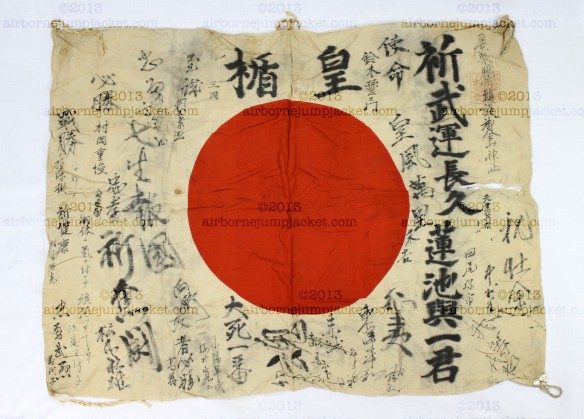

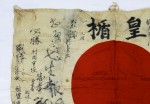
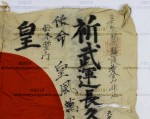


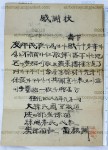
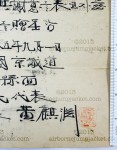

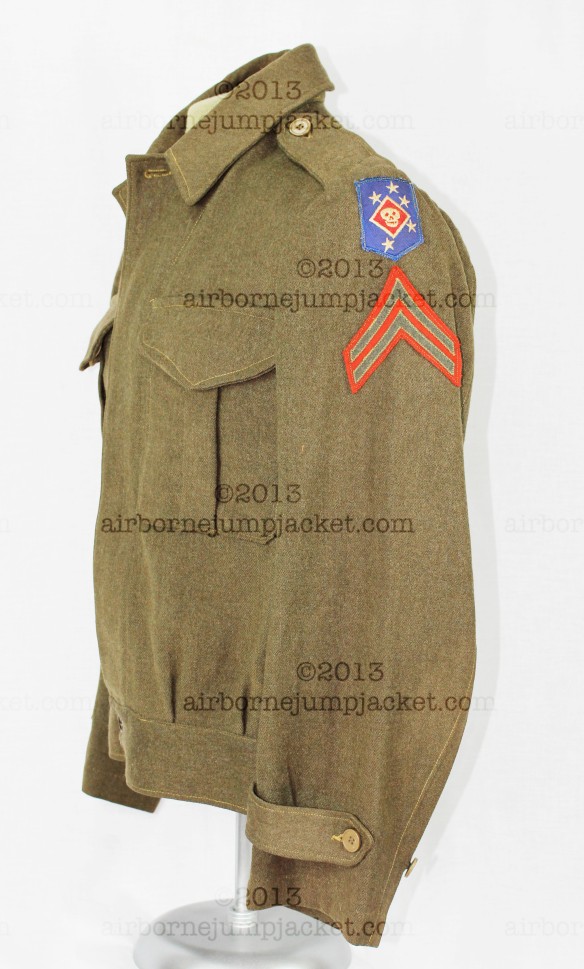

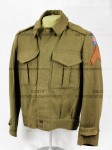
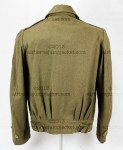
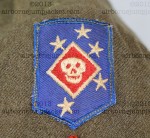







You must be logged in to post a comment.